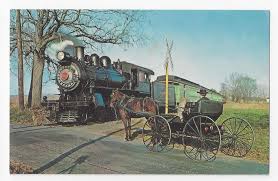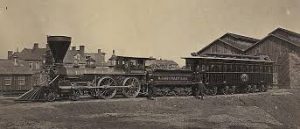
The issue of trains blocking street intersections in Oklahoma isn’t new to the state. Check the history books.
While the Oklahoma House approved a bill this week creating a $10,000 fine for railways that block intersections for more than 10 minutes, it was actually an issue in the state going back to 1911.
The State Supreme Court even issued a ruling over trains blocking intersections in a case that arose out an issue in the city of Lawton.
It involved the St. Louis and San Francisco Railroad Company which challenged a Corporation Commission ruling that ordered the railway to have a flagman at street intersections.

The ruling issued on March 21, 2911 by the supreme court noted that the case was an appeal that required the railroad to “establish and maintain at the Fourth and Sixth street crossings of its tracks, in the city of Lawton, flag stations and flagmen and prescribing their duties.”
Corporation Commissioners had made their ruling following a complaint by James L. Lewis who said the crossings at Third, Fourth and Sixth streets were “dangerous t o travelers” and that “no gates or flagmen are maintained” and “cars are kept standing on the side tracks and the crossing so that they obstruct the view of approaching trains” and that “crossings are blocked for unreasonable time.”
The railway challenged the ruling contending it should be the city of Lawton’s responsibility to maintain flagmen and that the Corporation Commission did not have jurisdiction to hear the complaint.
The high court ruled the railway was wrong and that the Commission had the power and authority to supervise, regulate and control all transportation companies doing business in the state.
So 108 years later and the issue of blocked tracks and street intersections is still around.
House Speaker Charles McCall, the Republican from Atoka and his co-authors of House Bill 2472 might have thought it was a new issue, but the history books show otherwise.





